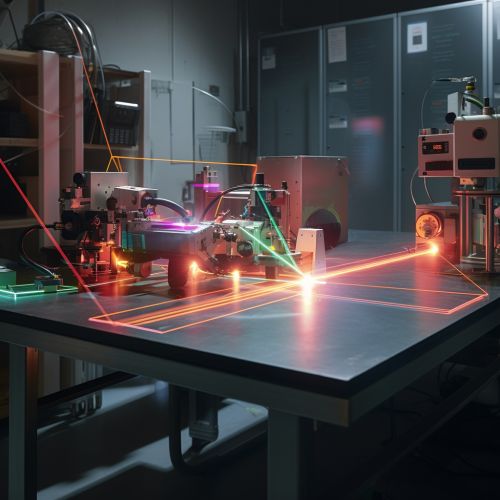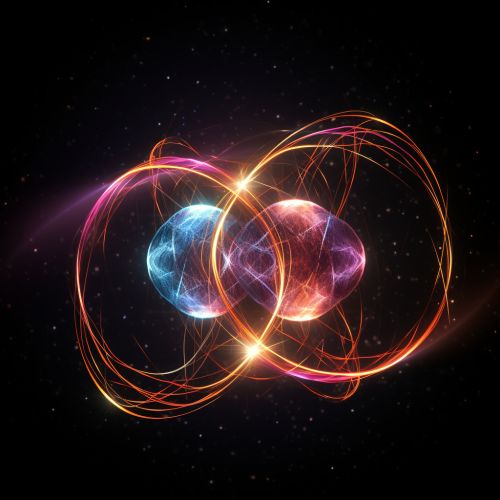The Physics of Quantum Optics in Quantum Cryptography
Introduction
Quantum optics, a branch of quantum physics, is a field of study that focuses on the behavior of light and its interactions with matter at the quantum level. This field has significant implications for the development of quantum cryptography, a method of secure communication that uses the principles of quantum mechanics. Quantum cryptography leverages the unique properties of quantum particles to create secure communication channels that are immune to eavesdropping.


Quantum Optics: An Overview
Quantum optics studies the quantum mechanical nature of light and its interaction with matter. This field of study is rooted in the wave-particle duality principle, which states that light and other particles can exhibit both wave-like and particle-like properties. Quantum optics investigates these properties and their implications for the behavior of light and its interaction with matter.
In quantum optics, light is often treated as a collection of particles called photons. These photons exhibit both wave-like and particle-like properties, depending on the circumstances. For instance, when a photon passes through a narrow slit, it can create an interference pattern characteristic of wave behavior. However, when detected, a photon behaves like a particle, appearing at a single point in space.


Quantum Cryptography: An Overview
Quantum cryptography is a technique for secure communication that uses the principles of quantum mechanics to encrypt and decrypt messages. The most well-known application of quantum cryptography is quantum key distribution (QKD), a method for transmitting cryptographic keys securely.
In QKD, the key is encoded in the state of quantum particles, typically photons. These particles are then sent over a communication channel to the recipient. Due to the principles of quantum mechanics, any attempt to eavesdrop on the communication will inevitably disturb the quantum state of the particles, alerting the communicating parties to the presence of an eavesdropper.


The Role of Quantum Optics in Quantum Cryptography
Quantum optics plays a crucial role in quantum cryptography, particularly in the implementation of QKD protocols. The properties of light at the quantum level, such as superposition and entanglement, are fundamental to the operation of these protocols.
Superposition
Superposition is a fundamental principle of quantum mechanics that allows particles to exist in multiple states at once. In the context of quantum cryptography, superposition allows a photon to be in a superposition of polarization states, effectively allowing it to carry more information than would be possible classically.
Entanglement
Entanglement is another quantum mechanical phenomenon that plays a crucial role in quantum cryptography. When two particles are entangled, the state of one particle is instantaneously connected to the state of the other, no matter the distance between them. This property is used in quantum cryptography to create a pair of entangled photons, which can then be used to generate a shared secret key.


Challenges and Future Directions
Despite the promise of quantum cryptography, there are several challenges that need to be addressed. These include the difficulty of maintaining quantum states over long distances, the need for practical and reliable quantum communication devices, and the need for robust quantum cryptographic protocols that can withstand potential quantum attacks.
However, ongoing research in quantum optics and quantum cryptography continues to push the boundaries of what is possible. As our understanding of quantum phenomena deepens and technology advances, the potential applications of quantum cryptography are likely to expand, opening up new possibilities for secure communication.


